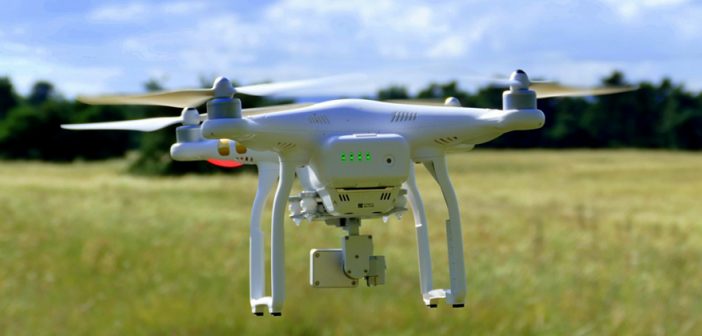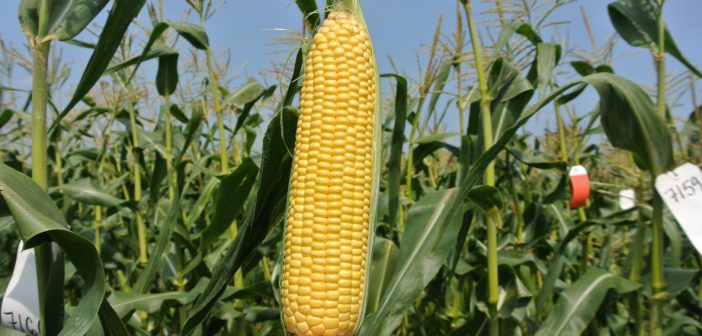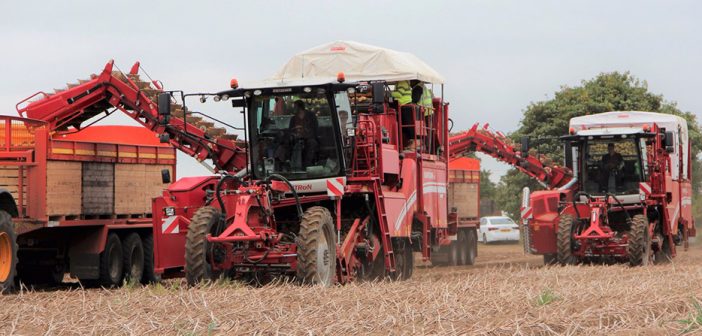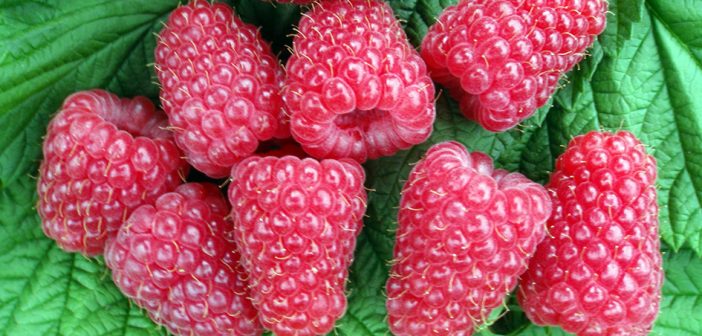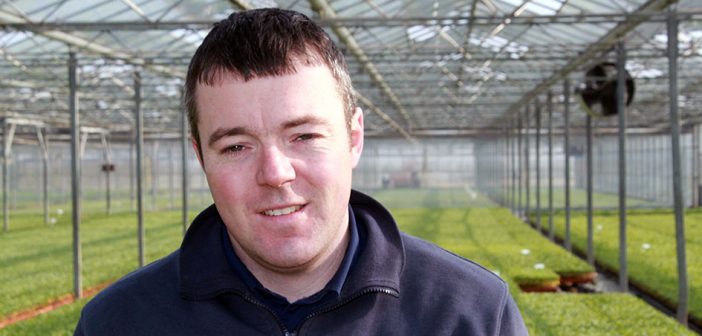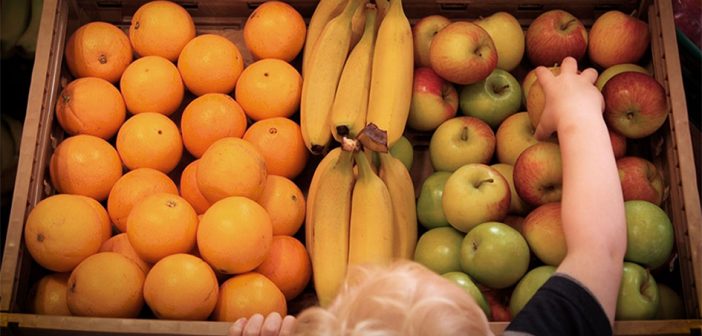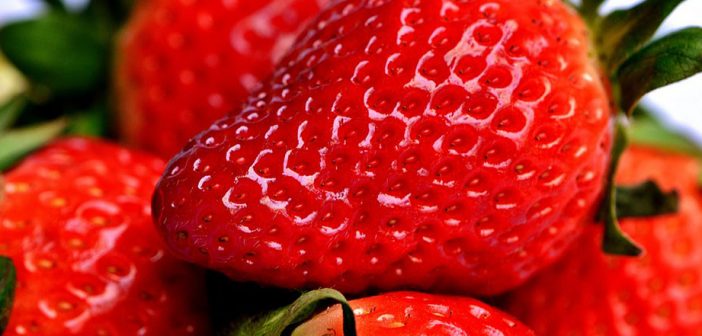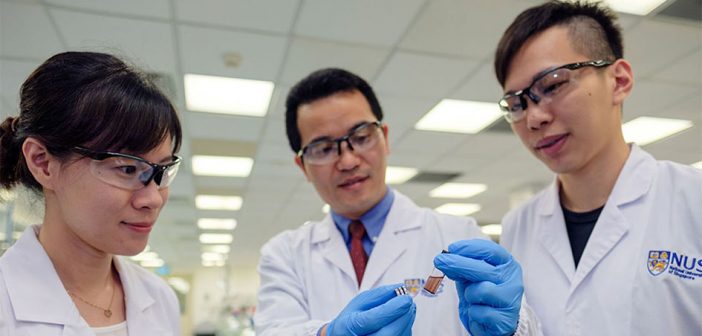Philips Lighting has unveiled its new Philips GreenPower LED toplighting with a light spectrum optimized for cut rose cultivation.
The new GreenPower LED toplighting with cut rose spectrum allows growers to increase light levels year-round without increasing heat. During trials by Delphy and Wageningen University, and monitored by experienced rose growers, the new lighting improved the quality of the roses and was 40 per cent more energy efficient compared to high-pressure sodium (HPS) lighting.
“Since we first introduced LED toplighting in 2015, we have been working intensively with a group of about 30 rose growing companies, consultants, universities, research institutes and representatives from the Dutch government, active in developing the rose sector, to further refine our light recipes for rose cultivation,” said Udo van Slooten, Business Leader Horticulture at Philips Lighting. “The feedback from this network helped us improve the quality and quantity of roses grown under LED lighting.”
“The rose branches under the new spectrum are longer, heavier and have bigger buds,” Marc Koene, owner of SK Roses in the Netherlands added.
The new LED rose light recipe is available with the newest generation of Philips GreenPower LED toplighting. In the Philips GreenPower toplighting with rose spectrum, a small amount of white LEDs have been added to assist people working in the greenhouse to perform labour tasks like harvest and scouting.
https://hortnews.com/wp-content/uploads/2018/04/Philips-Lighting-rose-toplighting-recipe-702×336.jpg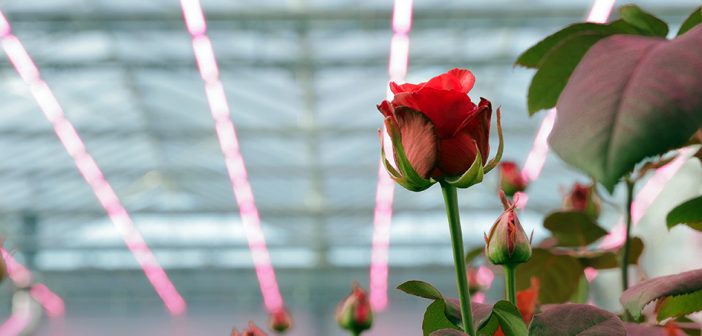
Photo Credit: Philips Lighting
The post Philips Lighting issues LED recipe for roses appeared first on Hort News on 18 April 2018.
